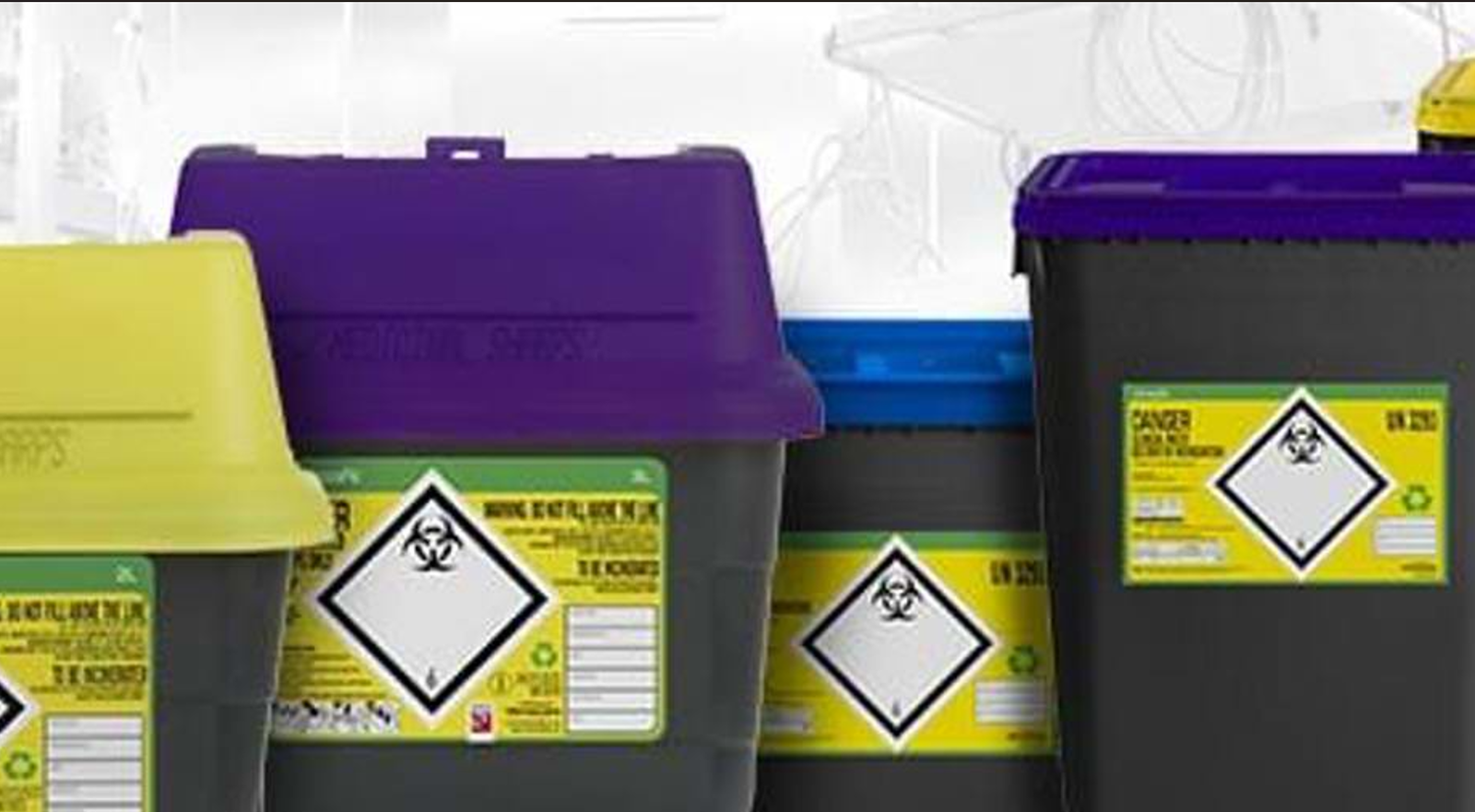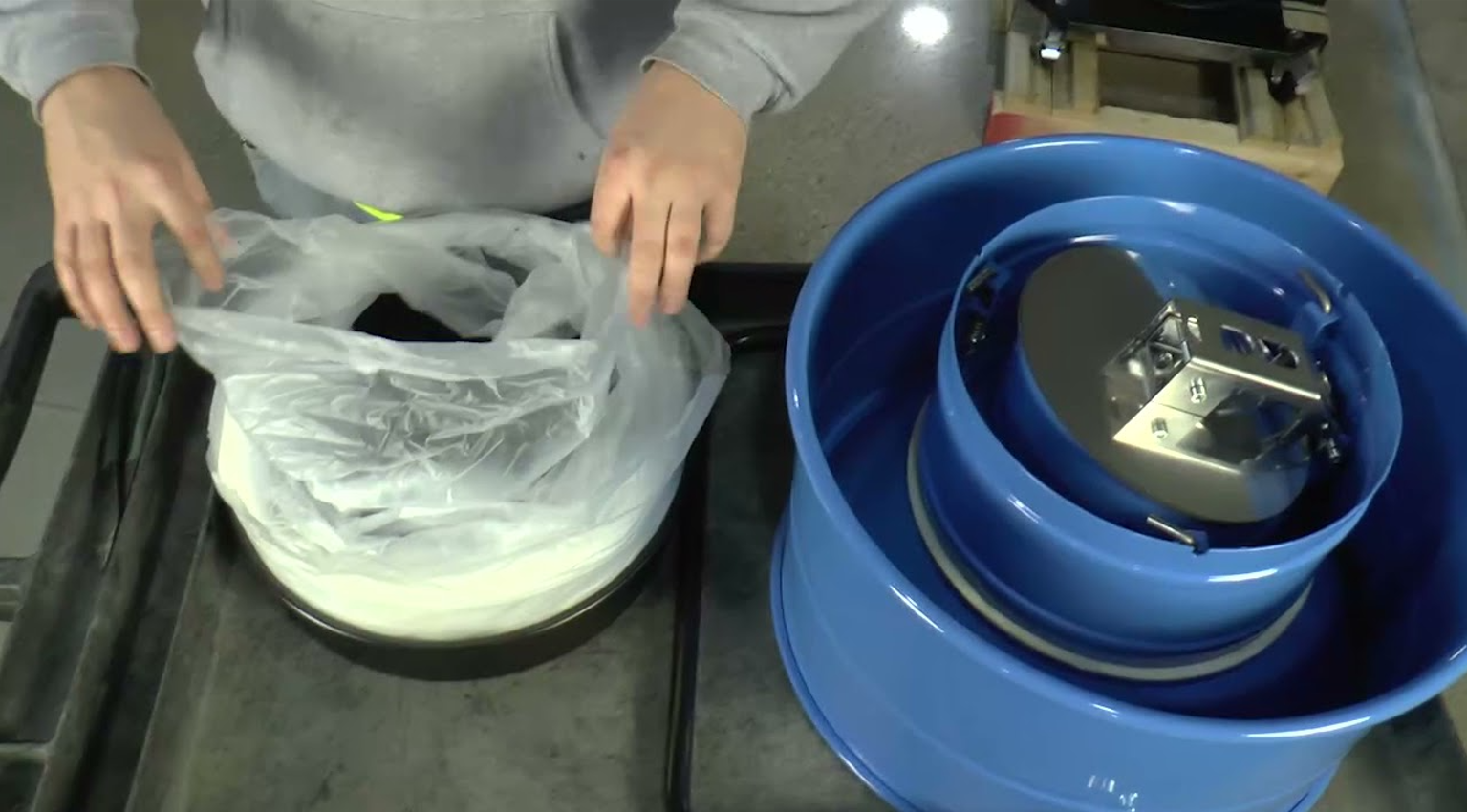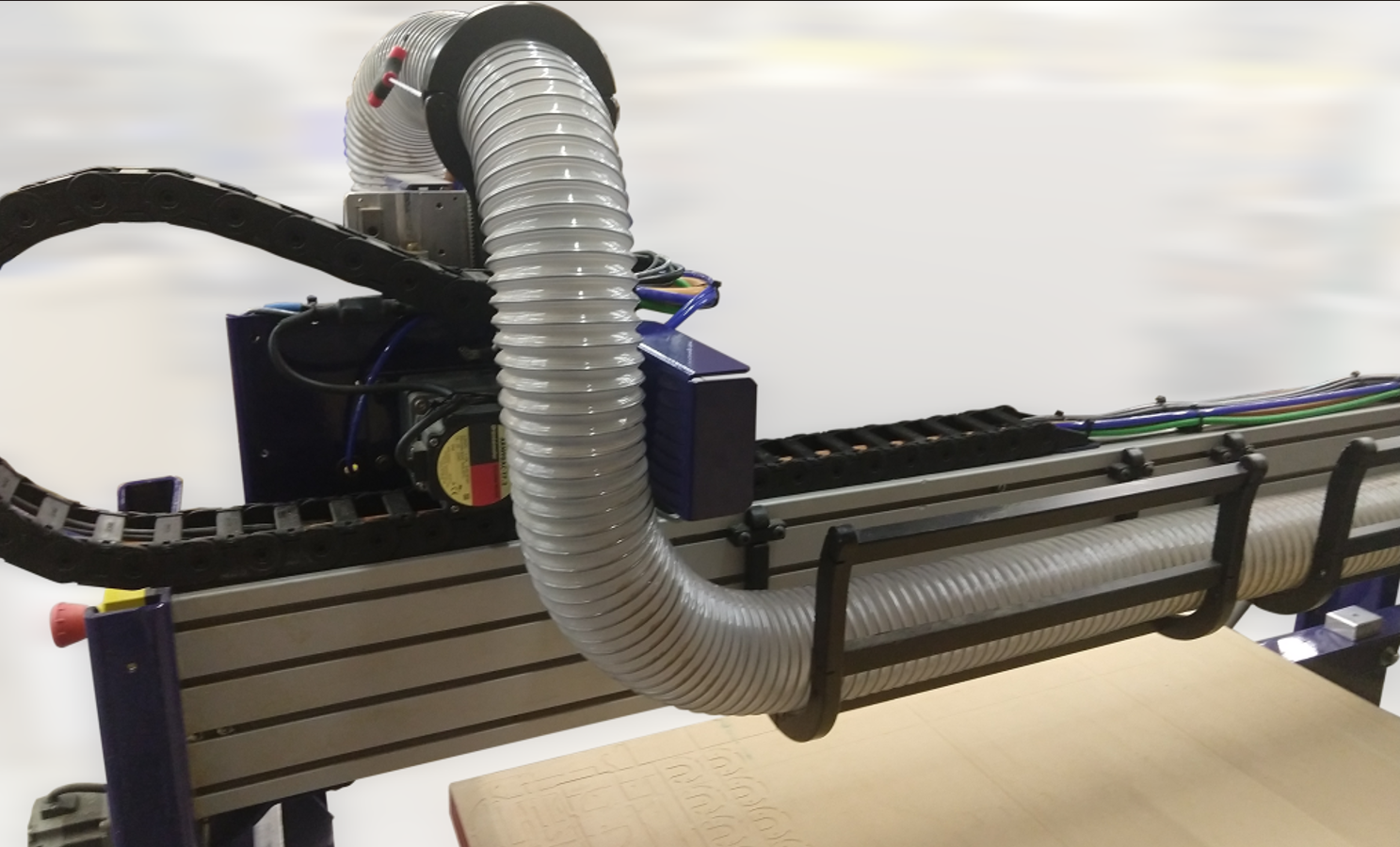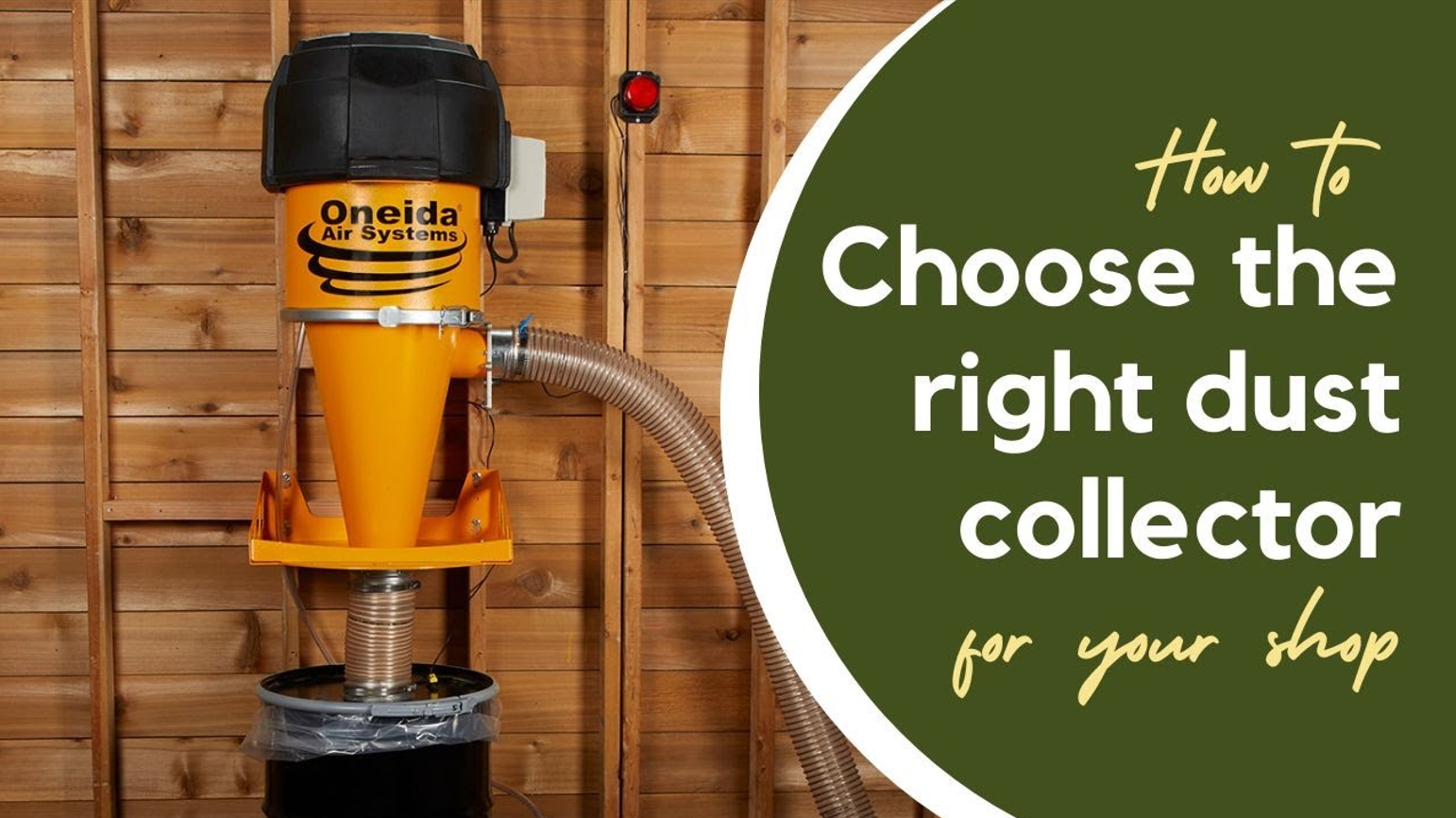In every workshop or industrial unit, collecting dust is only the first step. What happens next—how you handle and dispose of the accumulated dust and debris—is just as important. Improper disposal can create health risks, fire hazards, and even lead to legal trouble.
Why Proper Dust Disposal Matters
Dust might seem like a minor issue, but it can cause significant problems:
- Health concerns – Inhaling fine particles can harm the lungs.
- Fire and explosion risk – Especially with wood, flour, or metal dust.
- Legal compliance – Regulations demand proper disposal procedures.
- Environmental impact – Improper dumping harms soil and water quality.
Taking a few proper steps can prevent accidents and keep your facility safe and compliant.
Step 1: Identify the Type of Dust
Different materials produce different kinds of dust. Each requires unique handling:
- Wood dust is highly flammable and requires sealed storage.
- Metal dust – Sharp and sometimes reactive.
- Chemical dust – Often toxic, follow disposal instructions carefully.
- General debris – Should be sorted and stored before disposal.
Knowing what kind of dust you're collecting helps you manage it correctly.
Step 2: Choose the Right Collection System
Your dust collection equipment affects both safety and efficiency.
- A cartridge-type dust collector is ideal for fine dust in high-volume environments.
- A centralized dust collector is perfect for larger facilities with multiple workstations.
- A portable dust collector suits smaller work areas that need mobility and flexibility.
No matter the system, ensure it's in good working condition to prevent dust leaks or overflow.
Step 3: Use Personal Safety Gear
Before you empty or handle collected dust, wear the proper safety gear:
- Dust mask or respirator
- Safety goggles
- Non-slip gloves
- Long-sleeved clothing
- Closed-toe shoes
This minimizes the risk of inhalation, irritation, and accidental injury.
Step 4: Follow Safe Dust Handling Practices
When you begin disposing of collected dust:
- Turn off all machines before opening or handling the unit.
- Use sealed containers or heavy-duty bags to collect dust.
- Do not scoop dust with bare hands.
- Label each container with the type of dust and the date.
- Avoid mixing different kinds of dust—some combinations can be dangerous.
These steps help prevent spills, exposure, or chemical reactions.
Step 5: Dispose of the Dust the Right Way
Disposal depends on the dust type. Here's what to do:
Non-Hazardous Dust
- Place in sealed containers.
- Send to certified waste management facilities.
- Transport in covered bins to avoid leaks.
Hazardous or Combustible Dust
- Follow the instructions in the material safety data sheet (MSDS).
- Use licensed disposal services.
- Never burn or dump without proper authorization.
Recyclable Dust or Debris
- Some metal dust and scrap can be recycled.
- Make sure it is uncontaminated before sending it to recyclers.
Always check your local waste disposal guidelines before proceeding.
Step 6: Maintain Your Dust Collector System
A clean system performs better and lasts longer. Follow these maintenance tips:
- Inspect filters and parts regularly.
- Replace worn-out components using dust collector spares.
- Clean collection bins before they overflow.
- Schedule system checks weekly or monthly, depending on usage.
Preventive maintenance ensures safe and efficient dust handling every day.
Step 7: Stay Compliant with Regulations
Proper dust disposal isn't optional—it's required by law. To avoid fines and improve workplace safety:
- Keep disposal records.
- Train your staff on dust safety and emergency protocols.
- Follow guidelines from regulatory bodies like CPCB or OSHA.
- Review your disposal methods annually to stay up to date.
Safe dust disposal is not just about cleaning up—it's about protecting your people, your equipment, and your business. Whether you're using a cartridge-type dust collector, a centralisedcentralized dust collector, or a portable dust collector, the key is to treat the collected dust seriously.



